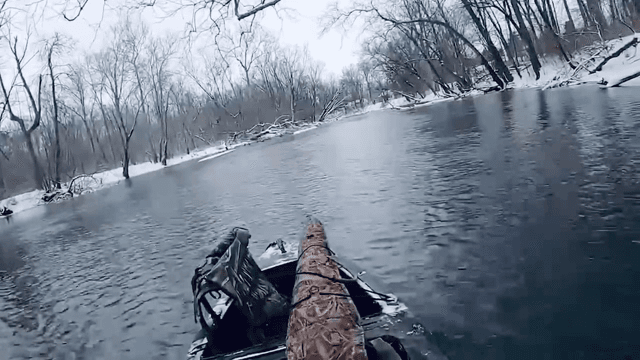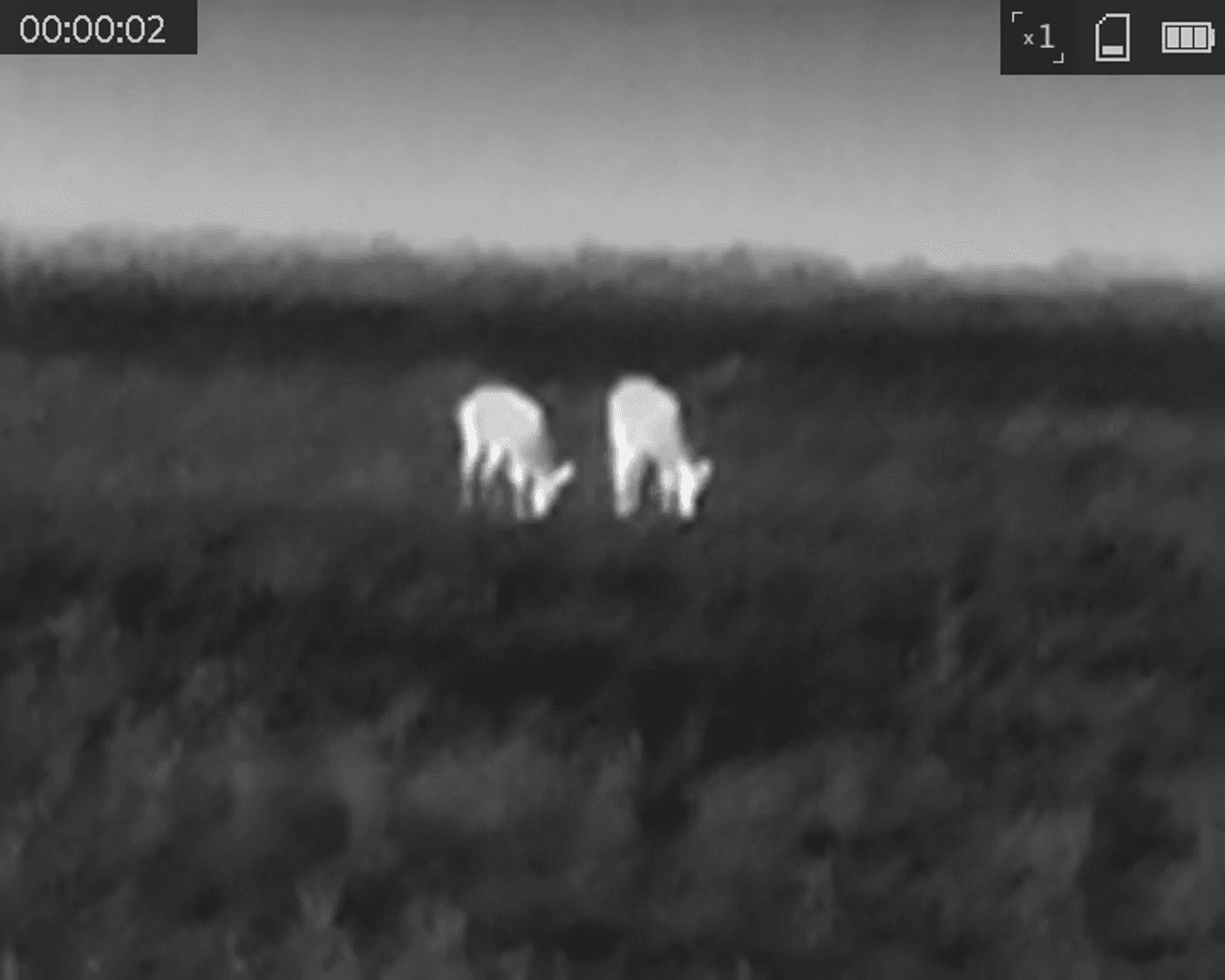
Hunting in the MIRAMICHI (NB) Region: Types of Hunting and Animals, Geographical characteristics, Demographics, Associations and Clubs, Laws and Hunting Seasons The Miramichi region of New Brunswick, Canada, is a hunter’s dream destination. Nestled between rolling hills, dense forests, and winding rivers, this area offers an unparalleled experience for those seeking adventure in nature. Whether you’re after upland birds, waterfowl, or big game, the Miramichi region has something to offer every type of hunter. Let’s dive into what makes this region so special from both geographical and cultural perspectives. Geographical and Natural Features of the Region The Miramichi region spans across Northumberland County and encompasses diverse landscapes that are ideal for hunting. The Miramichi River Valley serves as a central feature, providing fertile ground for woodcock and grouse hunting. Surrounding marshlands and ponds host numerous duck species, including Pied-billed Grebes and Sora, making it a hotspot for waterfowl enthusiasts . Additionally, the coastal areas along the Gulf of St. Lawrence and the Northumberland Strait provide unique opportunities for migratory bird hunting. Forests dominate much of the landscape, offering prime habitat for larger game like deer and moose. With J.D. Irving Limited managing vast tracts of private land available for public access under regulated conditions, hunters have ample space to explore. For conservationists, Portage Island National Wildlife Area adds another layer of ecological significance, ensuring sustainable wildlife populations. Demographics of Hunters in the Region While exact figures on the number of hunters in the Miramichi region may not be readily available, data shows that rural regions of New Brunswick tend to have higher participation rates in outdoor activities compared to urban centers. Many locals take pride in their hunting heritage, passing down skills through generations. Visitors to the region often include American sportsmen drawn by the promise of abundant game and pristine wilderness. Hunting Characteristics Unique to Miramichi One standout characteristic of hunting in Miramichi is its versatility. From early morning treks through wooded coverts to late-season fishing combined with bird hunting, there’s always something happening here. The region's mild climate during fall creates perfect conditions for extended hunting seasons without harsh weather interruptions. Types of Hunting and Game Animals in the Region Miramichi boasts a wide variety of game animals, catering to different preferences: Upland Birds: Woodcock and ruffed grouse thrive in the river valley’s thickets. Waterfowl: Ducks, geese, and other aquatic birds frequent local wetlands and bays. Big Game: White-tailed deer and moose are commonly pursued in forested areas. Small Game: Rabbits and squirrels also attract smaller-scale hunters looking for quick outings. Hunting Seasons in the Region Seasons vary depending on the species but generally align with provincial regulations set by the Government of New Brunswick. Fall is the peak season, with most upland bird and big game hunts occurring between September and December. Waterfowl seasons typically extend into winter months due to migratory patterns. Always check official guidelines before planning your trip to ensure compliance with current dates and bag limits. Associations and Clubs Supporting Hunters Several organizations support hunters in the Miramichi region. Local chapters of national groups like the Canadian Wildlife Federation advocate for sustainable practices while fostering community among members. Smaller grassroots initiatives, such as Nature Miramichi, organize educational events and guided tours to promote responsible interaction with the environment. These entities play a crucial role in maintaining healthy ecosystems and preserving traditions. Legislation Governing Hunting in the Region Hunting in Miramichi falls under provincial jurisdiction, meaning all participants must adhere to New Brunswick’s Wildlife Act. This includes obtaining appropriate licenses, adhering to seasonal restrictions, and respecting designated no-hunting zones. Private lands managed by companies like J.D. Irving require additional permits for access. Violations carry hefty fines, underscoring the importance of staying informed and compliant. Traditions Rooted in Hunting Culture For centuries, hunting has been integral to life in Miramichi. Indigenous communities historically relied on these lands for sustenance, shaping modern practices still observed today. Annual events celebrating harvests bring together families and friends, reinforcing bonds over shared experiences. Even non-hunters recognize the economic impact hunting tourism brings to the region, further solidifying its place in local culture. Interesting Facts About Hunting in Miramichi Did you know that Portage Island NWA was established specifically to protect critical habitats for migratory birds? It now acts as a sanctuary where hunters can observe rare species up close. Another fascinating tidbit: some outfitters combine hunting trips with fly-fishing excursions along the renowned Miramichi River, creating unforgettable dual-sport adventures. Whether you're a seasoned hunter or just starting out, the Miramichi region promises excitement, challenge, and connection with nature. Its rich biodiversity, supportive community, and deep-rooted traditions make it a top choice for anyone passionate about the outdoors.
Post: 3 June 11:30




































